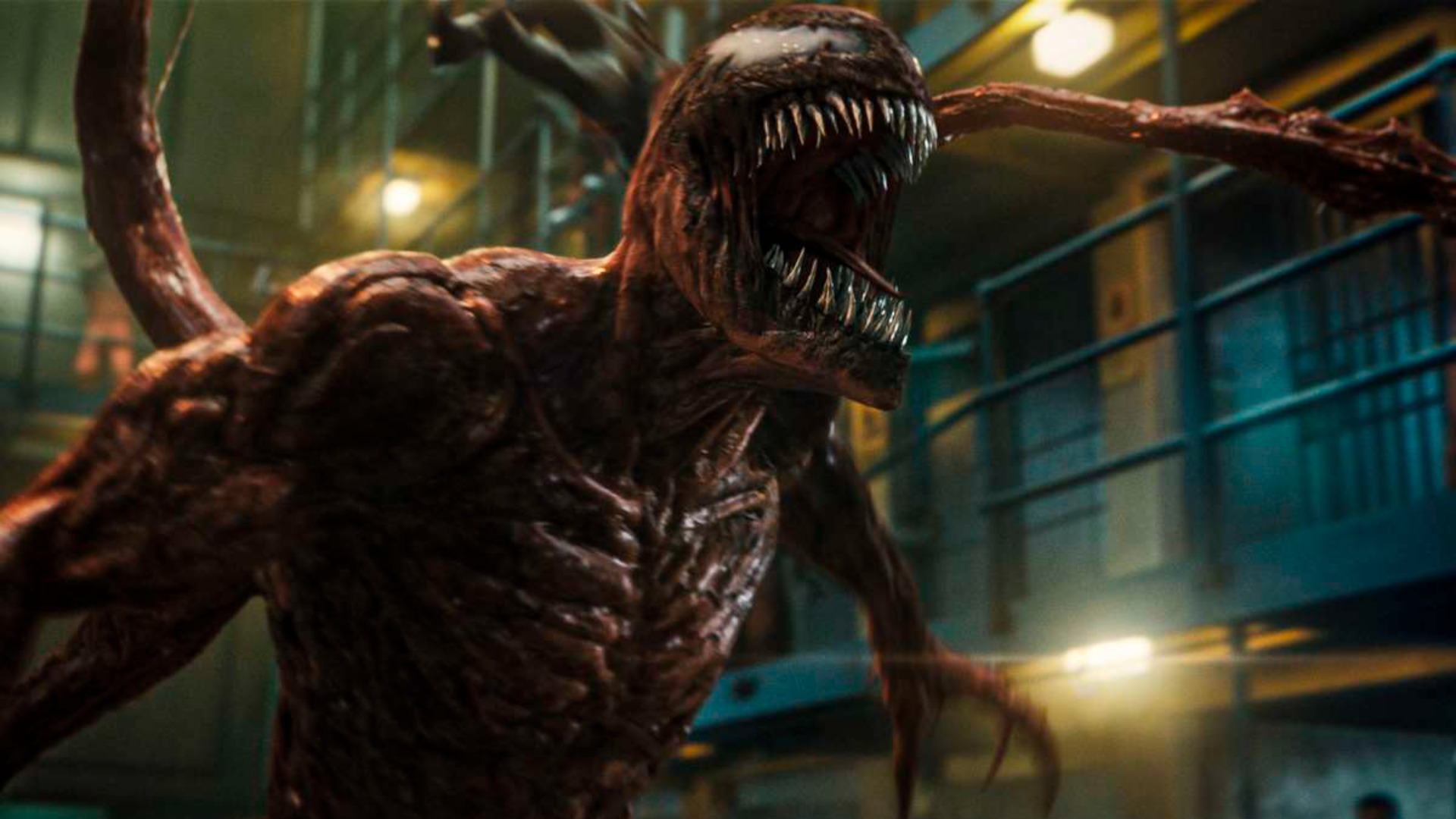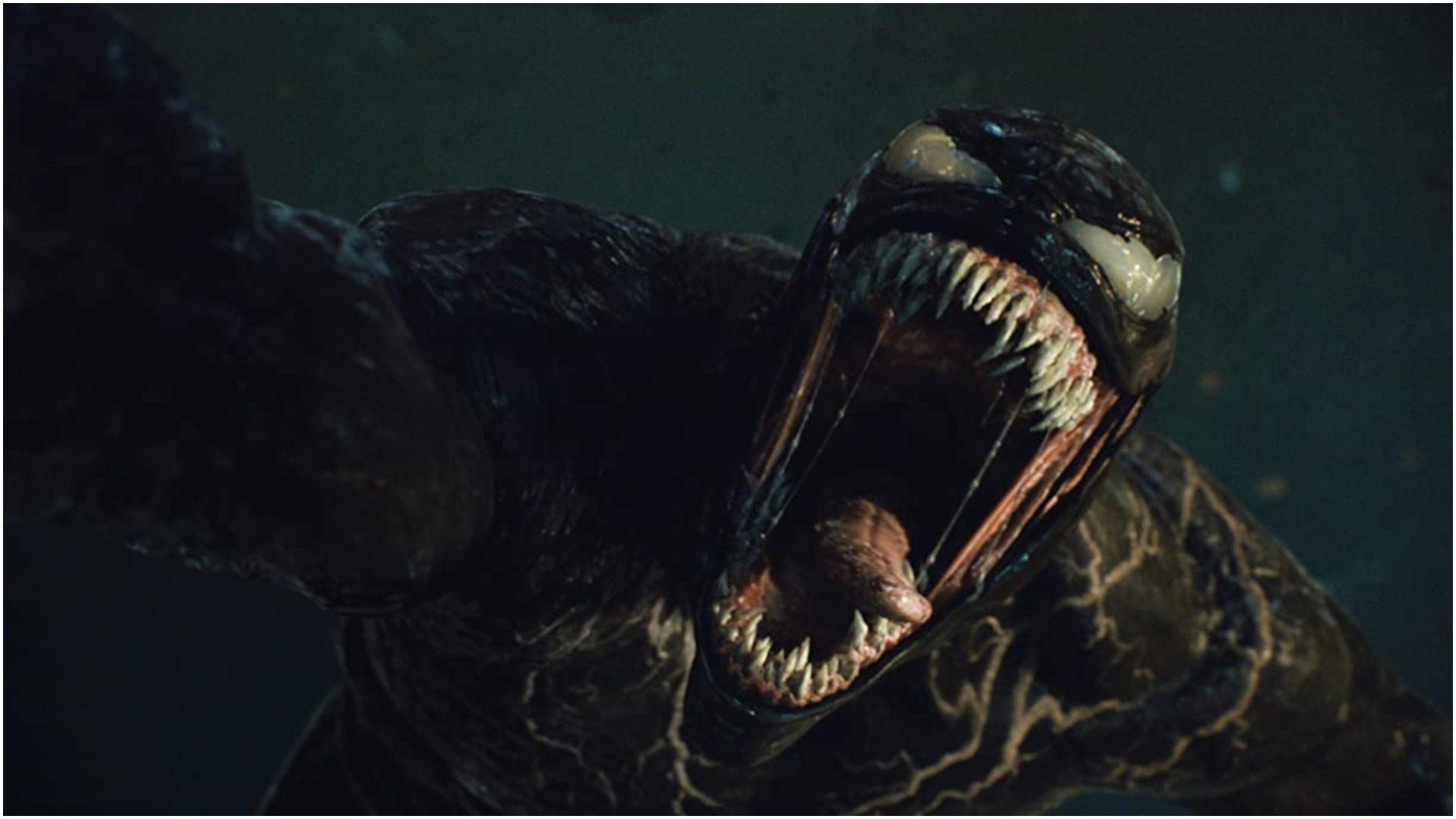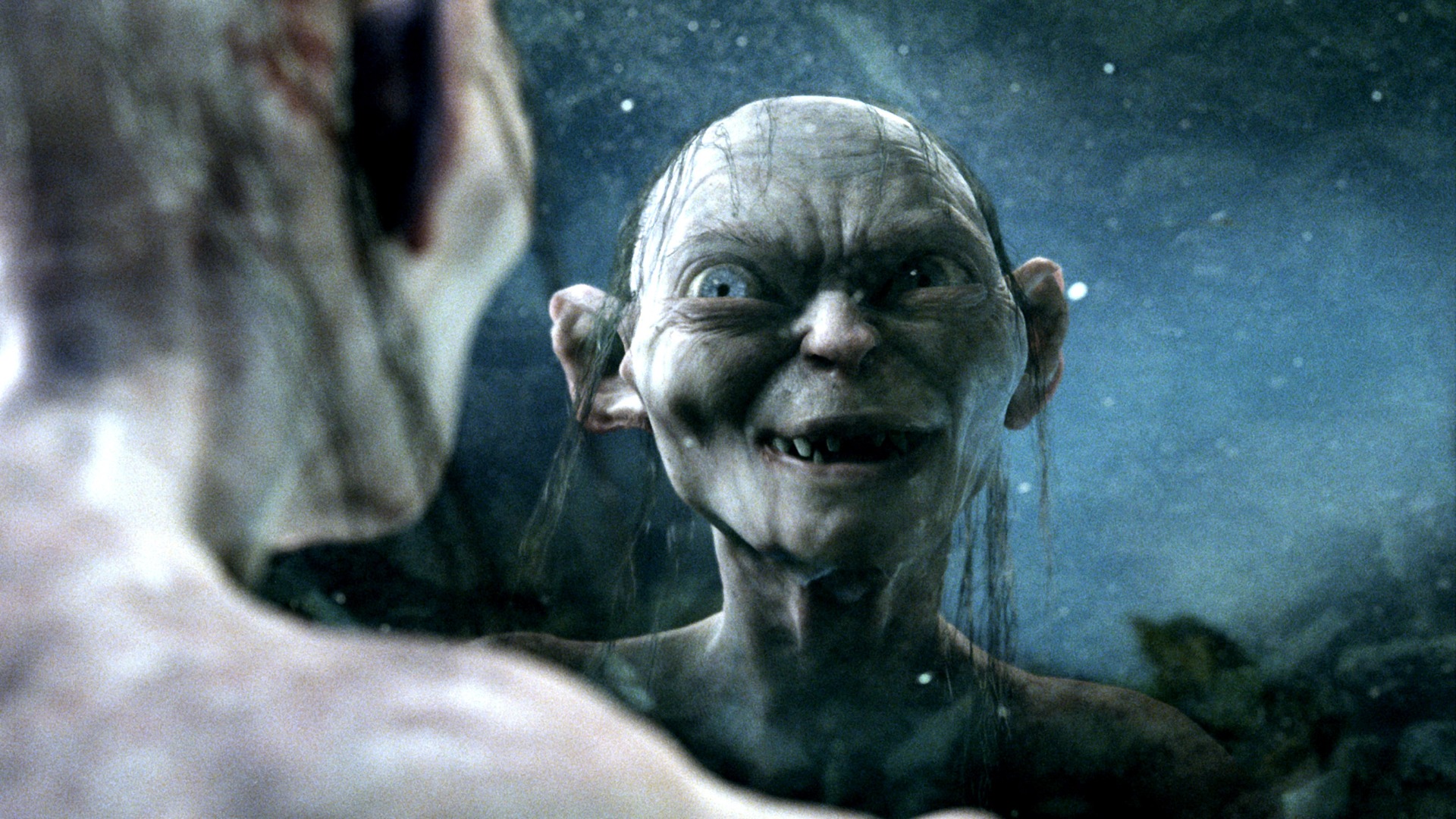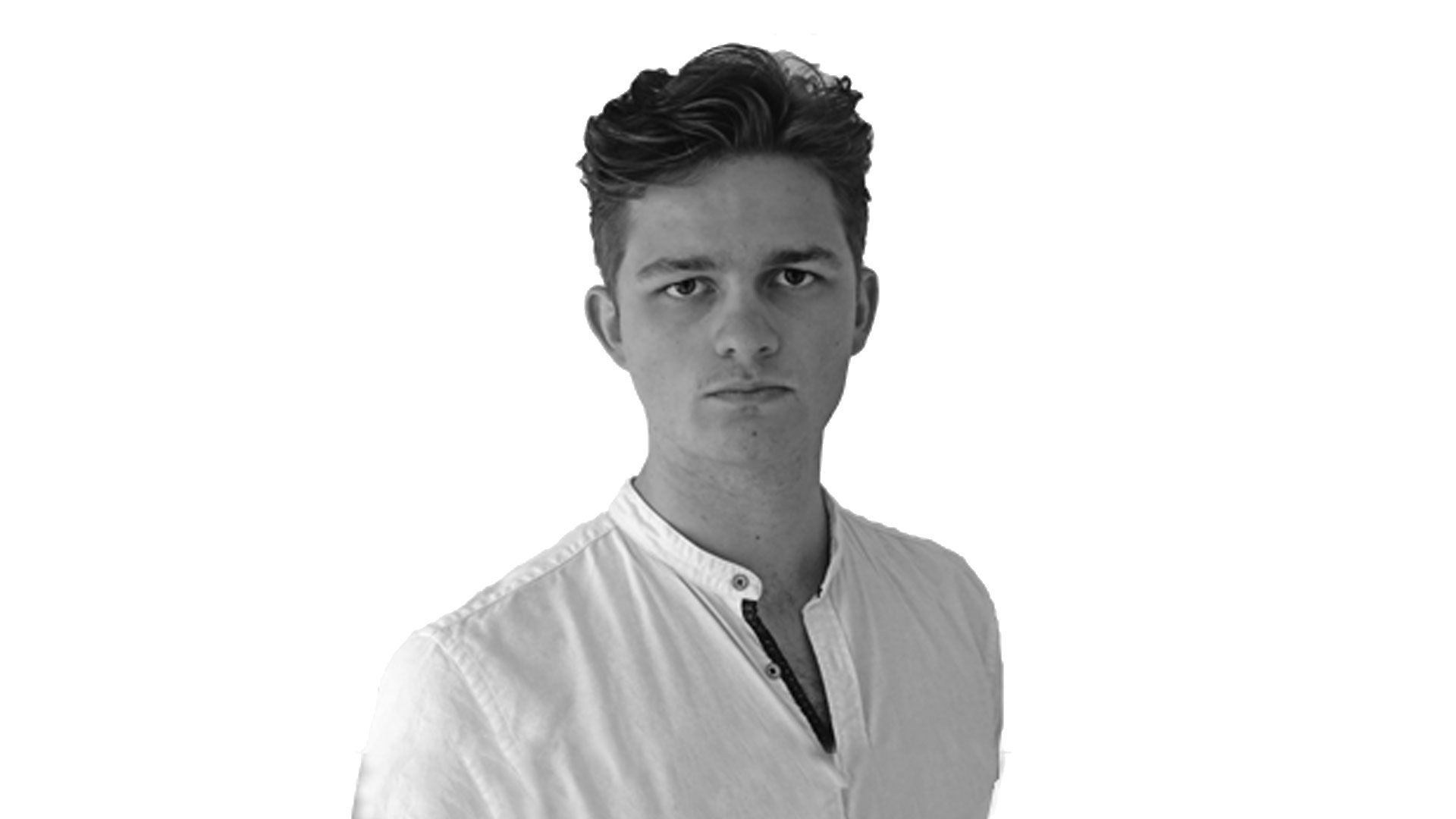Venom 2: Andy Serkis talks unfinished post-credits and the Venom moment that made him want to direct a sequel
Andy Serkis talks about his new movie Venom 2 and reveals the post-credits were unfinished a month before release

Andy Serkis remains one of Hollywood's pioneering magic-makers, creating CGI characters that have become icons of cinema. No wonder, then, that the filmmaker was top of Tom Hardy's list to install as director of Venom 2.
Delayed multiple times because of the coronavirus pandemic, Venom 2 – titled Venom: Let There Be Carnage – tells the story of Eddie Brock and his symbiote, Venom. The pair are entangled in a love-hate bromance that forms the movie's center, while antagonist Cletus Cassidy, played by Woody Harrelson, and his symbiote Carnage act as their foil.
With the movie now being in US cinemas, everyone's talking about the Venom 2 post-credits scene. Yet, when GamesRadar+ saw the movie in early September 2021, just weeks before reaching cinemas, the after-credits sequence was still not finished. "We thought we had a little bit longer actually," Serkis tells us during an interview.
As well as discussing Venom 2 and superhero movies, Serkis also tells GamesRadar+ about how his acclaimed role as Gollum in Lord of the Rings would be different today – and adds that he feels "partly responsible" for deep fakes. Here's the full Q&A, edited for length and clarity,
GamesRadar+: The first time we spoke, you said movies like Black Panther – these tentpole superhero movies – are modern-day mythologies. What do you think Venom 2 adds to that mythology and to the overall discourse that superhero movies have created?
Andy Serkis: The challenge with this was that we were looking at lots of things: family dysfunction, police brutality, LGBTQIA issues, being other, being outside. It's having this fantastic canvas where you're not being worthy or talking politics, you're telling a story that is rooted firmly in our society, in our humanity. But that story is plus, plus, plus, plus, plus in size by bringing in these symbiote characters who, certainly with Eddie Brock, reflects Eddie's personality and acts as a foil and a filter and a mirror for himself. The same with Cletus Cassidy, it magnifies and amplifies his psychosis and his screwed up childhood and his reasons for becoming the killer that he becomes. Along the way, in this story, you see, you see death by lethal injection, you get these real-life vignettes of how we treat each other as human beings. And yet, you've got these fantastical symbiotic characters that looks so surreal and weird and otherworldly. And I just love that universe, of being able to have all of that and tell, hopefully, an entertaining but emotionally powerful story.

When you came onto this sequel, Woody Harrelson was already set up as Carnage in the first movie, there were already lots of pieces in play. What attracted you to working within that framework? And what did you see in the first movie where you thought 'I can do something really interesting with that'?
Sign up for the Total Film Newsletter
Bringing all the latest movie news, features, and reviews to your inbox
The tone of the first movie was interesting, and we wanted to carry that. The touchstone moment, if you like, or the level of the marriage of humor and reality was what we kept referring to as the lobster tank moment. Because there you had this surreal, crazed, manic activity, and it was very, very funny.
Venom hardly speaks in that first movie. In this, he's got reams of dialogue. He travels as a character and [Venom and Eddie] have this odd couple relationship. For all intents and purposes, they are stuck together as a pair in a flat. It was the opportunity to develop that and then, the flip side of that was to bring into this realm Carnage, as a figment, as a specter.
From a directorial point of view and a pictorial point of view. We changed the format because I wanted because the symbionts to be bigger – the aspect ratio so that there's more height really. The shot of [Carnage's] red, there's a lot more color in this movie, and the way that we wanted to integrate the symbiotes into the real world, Bob Richardson did that brilliantly with his cinematography. Sheena Dougal, the visual effects supervisor, we talked for ages about how to make those characters not feel cartoony, how to make them blend into the real world a bit more. I saw the potential. And a lot of the hard work had been done in setting this story up. There was time to enjoy several aspects of many embedded relationships, and then the introduction of the nemesis.
For my screening [early September 2021] there were no post-credit sequences. Was it intentional not to have those? Or am I missing something?
No, the post sequences, as we speak are still in the final stages of being finished.
Oh, wow.
Because of the changing dates, because of the COVID situation, we thought we had a little bit longer, actually. So they're still currently being finished, which is why you didn't see him.
You've had two years during lockdown, what have you been doing Andy!
That's the world of film for you. Filmmaking!
Obviously, this is part of a much bigger Marvel universe. And this story does feel like its own thing, but do you have to have an eye on what other filmmakers are doing at the moment? Or are you able to just concentrate on what you want to do?
I don't really pay too much attention to what else is going on with that. I mean, we were referencing other films, for sure, we were referencing Cape Fear, Silence of the Lambs, those kinds of 80s movies, and it has an 80s feel. And obviously The Odd Couple, we referenced as a movie. But what we wanted to do is for it to be its own thing, and what we didn't want it to be, in that postmodern sense, to be too self-referential, or winking to the audience that we know we're making a film and that the actors are enjoying themselves a bit too much so that it doesn't have real stakes, we didn't want to go down that route at all. That was the real challenge. At all times, the stakes have got to be real and, and the CG characters have got to act.

We're now 20 years on from the Lord of the Rings trilogy, and you've worked on so many CGI movies, and technology has developed so much. With the knowledge you have amassed over the year, how would you do Gollum differently today?
In terms of performance, capture, the method of facial capture is evolving all the time and the detail, the nuances in the end, the actual root performance that you get out of an actor, and the translation of that into the final thing is getting closer and closer. One would see that through, for instance, the [Planet of the] Apes movies. And even going back and doing The Hobbit after many years, Gollum in The Hobbit was on another level in terms of facial capture. People have criticized me before for saying it's like digital makeup, but it is becoming that. I think you will be able to play someone from history from photogrammetry and have a real Abraham Lincoln's face that you're playing rather than a sculpted one.
This is the era of deep fake after all.
And I feel responsible for that, partly [Laughs].
I've been told to wrap. Thanks for taking the time!
Venom: Let There Be Carnage reaches UK cinemas from October 15 and is available now in US theatres. For more, check out all the new superhero movies heading your way over the next few years.

Jack Shepherd is the former Senior Entertainment Editor of GamesRadar. Jack used to work at The Independent as a general culture writer before specializing in TV and film for the likes of GR+, Total Film, SFX, and others. You can now find Jack working as a freelance journalist and editor.


